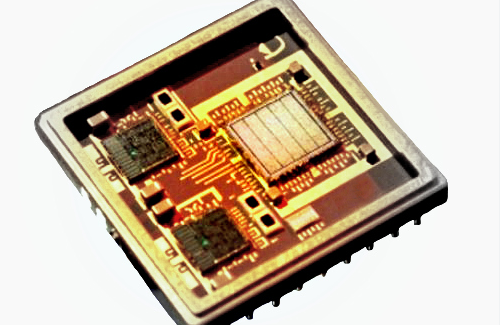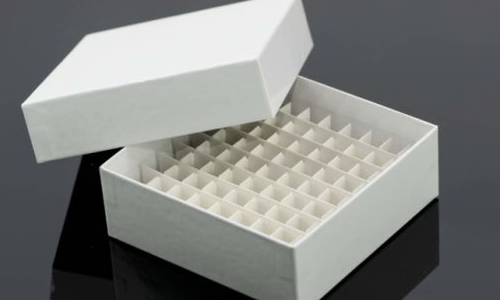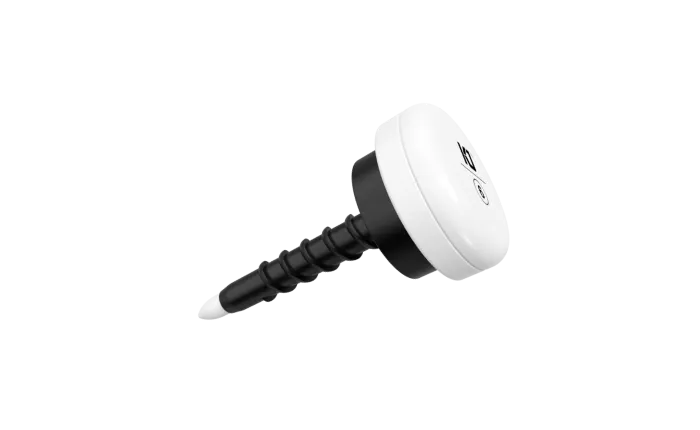Greetings in The Mighty Name of Jesus, The Christ!!!
Not To Remain
Romans 12:16 KJV
"[Be] of the same mind one toward another. Mind not high things, but condescend to men of low estate. Be not wise in your own conceits."
Brothers and Sisters we, who have Chosen Jesus as Savior and Lord, are Not To Remain the same as before we Chose Jesus. There MUST be a Transformation, that is, you Looked and seen as a Man In The Flesh, but now, you are to Look and See as Jesus Sees. You Heard of what Men Say and Believed but now you MUST Hear what The Holy Spirit says and Believe. Your Actions were those things that Satisfied The Flesh, but now Your Actions are to Please Jesus in Walking In The Spirit. There MUST be a Transformation in Your Whole Life!
In this Transformation from Flesh to Spirit, it is Equal To All who Accept Jesus as Savior and Lord and in this Transformation Become The Will Of The Father. Understand this, we are ALL TO CHANGE, go through a TRANSFORMATION, both Old and Young, Man, Woman and Child, they are to be Equal in this Transformation!!!
Ephesians 4:4-6 KJV
"4 [There is] one body, and one Spirit, even as ye are called in one hope of your calling; 5 One Lord, one faith, one baptism, 6 One God and Father of all, who [is] above all, and through all, and in you all."
With this being said, we, The Born Again, The Blood Bought, are to be in Total Agreement in All Things dealing with God and How We Are To Live! For Jesus would not say to John it is okay to be this way, then at the same time tell Mary to live the opposite, this would make Our Lord Jesus, The Father and The Holy Spirit Lunatics and would cause Great Chaos within The Body Of Christ!!! In order for The Born Again, The Blood Bought, to NOT to be making Our God out to be a Lunatic and NOT Creating Chaos, then we would have to Agree and be in One Accord!!!
For it is the Interpretation of The Flesh, not that Of God, that has brought forth Division, Lunatics, Chaos that calls themselves a Christians. It is by having tens of thousands of Bibles, Doctrine that has not cause a Transformation into Holiness but has Transformed you into a House Of Ruin!
Does NOT the Scripture below Beg us for a Godly Transformation…
Romans 12:1-2 KJV
"1 I beseech you therefore, brethren, by the mercies of God, that ye present your bodies a living sacrifice, holy, acceptable unto God, [which is] your reasonable service. 2 And be not conformed to this world: but be ye transformed by the renewing of your mind, that ye may prove what [is] that good, and acceptable, and perfect, will of God."
…and if these Scriptures do in fact tells us that Transformation MUST happen in order to Prove, again TO PROVE what is Good, Acceptable and Perfect Will Of God The Father, there has to be a change, from Flesh to Spirit and we are to Desire such changes. But Understand this, anyone can CHOSE to Live however they want, however a Man or Woman may say and in doing so, do not Live Out The Fathers Will in Their Lives!
How do we Know that we are to be in One Accord, to Live as God Demands…
Galatians 2:20 KJV
“I am crucified with Christ: nevertheless I live; yet not I, but Christ liveth in me: and the life which I now live in the flesh I live by the faith of the Son of God, who loved me, and gave himself for me."
This Scripture does not say I am Crucified with Catholics, Baptist, Protestant, and the list goes on, but does say that IF, IF, IF I have Accepted Jesus as Savior and Lord, then I am Crucified With Him, that is, My Flesh must come under control of The Spirit Of Jesus, through The Holy Spirit so that it is No Longer I, but Jesus who Lives IN ME and THROUGH ME to Prove what is that Good, Accepted and Perfect Will Of The Father IN, IN, IN, IN MY LIFE…WHOLE LIFE UNDIVIDED!!!
Jesus, The Living Word of The Father, has not, did not, will not change!!! So that means that The Word, which came from The Father has Not Changed, did Not Morph into the Desires Of The Flesh, but has Remained Holy even unto the very moment that The Father Spoke It in to Existence!
Hebrews 13:8 KJV
“Jesus Christ the same yesterday, and to day, and for ever."
Brothers and Sisters UNDERSTAND THIS, if you belong to some Organized Denomination that is NOT First Glorifying Jesus AS LORD, then you are NOT Hearing from God. If you belong to some Organized Denomination that is NOT Pointing The Finger AT SIN, then you are NOT Hearing from God. If you belong to some Organized Denomination that is NOT Teaching you How to Live a Godly Life, then you are NOT Hearing from God. If you belong to some Organized Denomination that is NOT Standing Against The World, then you are NOT Hearing from God. We Brothers and Sisters are to be, Are To Be, ARE TO BE in ONE ACCORD, Obeying the Same Word, the Same Spirit, the Same God, we are Not To Remain in Fleshly Sin as we were once found in, but Live According to The Fathers Will!!!
Does Not the below Scripture tell us to Live as though we are In Heaven…
Matthew 6:10 KJV
“Thy kingdom come. Thy will be done in earth, as [it is] in heaven."
We, Brothers and Sisters, are to Live, Breath, Act as though we are in Heaven and in Heaven there is No Division, No Chaos, No Other Doctrine but one. Satan and Man has Divided, caused Chaos, use False Doctrine to bring forth The Church Of Today, NOT GOD!!! We should be able to sit with any Brother, any Sister, and Agree On Every Point Of View, Agree On Every Scripture… because in Heaven they do!!!
For me, for you, to Remain the same, to Do the same things, to Speak the same things as we did in The Flesh is Unacceptable to Jesus, Unacceptable to The Father, Unacceptable to The Holy Spirit in ALL THINGS!!!!
Jesus NEVER said “Once Saved, Always Saved”, He NEVER uttered such a phrase, but what Jesus did utter is that unless we Live According To The Fathers Will, we will NEVER SEE HEAVEN!
Matthew 7:21 KJV
“Not every one that saith unto me, Lord, Lord, shall enter into the kingdom of heaven; but he that doeth the will of my Father which is in heaven."
So, WAKE UP, Brothers and Sisters, The Will Of The Father has never changed, will not change, we MUST NOT REMAIN the same, we have to be in One Accord, Living By One Word, Under One Doctrine to Live in The Fathers Will.
I see in a lot of Post asking what would Paul do or what would Jesus do or what would John The Baptist do if they were here today, this very hour, they would first be saddened to where we have come to, then they would Rebuke us all, then like Elijah would call from Heaven fire to destroy us! This is how bad The Church is today. My Calling is to be the Restorer Of The Breach, to Bring forth the Days Of Old, to Bring Repentance to The House Of God before the Great and Terrible day Of Our Lord Jesus to come.
Below is one of the Scriptures of many that The Lord gave me when He Set my feet on the path that I am on…
Isaiah 58:12 KJV
“And [they that shall be] of thee shall build the old waste places: thou shalt raise up the foundations of many generations; and thou shalt be called, The repairer of the breach, The restorer of paths to dwell in."
I am not here to satisfy the flesh, nor to make people like me or to have people agree with me, but that all would Obey The Will Of The Father as He has spoken, not as Man and Satan have manipulated. There are yet many things that must come to pass before Jesus Returns, but, Jesus will Return and will gather those who are Walking In Obedience, Doing The Fathers Will…make no mistake about it!
We can Not Remain the same, we have to change if we are to be Accepted By Jesus, to be Accepted By The Father. It has Not Changed since the beginning of time, that is, to Walk as God Walks, to Do as God Does, to Speak as God has Spoken. The hour is short, the season is almost upon us, persecution will happen to all those Who are In Jesus, doing The Fathers Will and for those who are not, you will die in your sins of the flesh and will have No Excuse before Jesus…You Have Been Warned!!!
Not To Remain
The Same
Is
Your Choice
Not Gods
Amen and Amen!!!
Email: godsonlyfoundation@gmail.com
Website: ApostleLee.com
What comes to your mind when you think of the term “a religious person?”What does that person look like to you? Is that term a positive or negative one to you? This post also contains a short testimony of a time in my life. Click on the link below to read about it. #BibleStudy #Devotions #Evangelism #Luke









